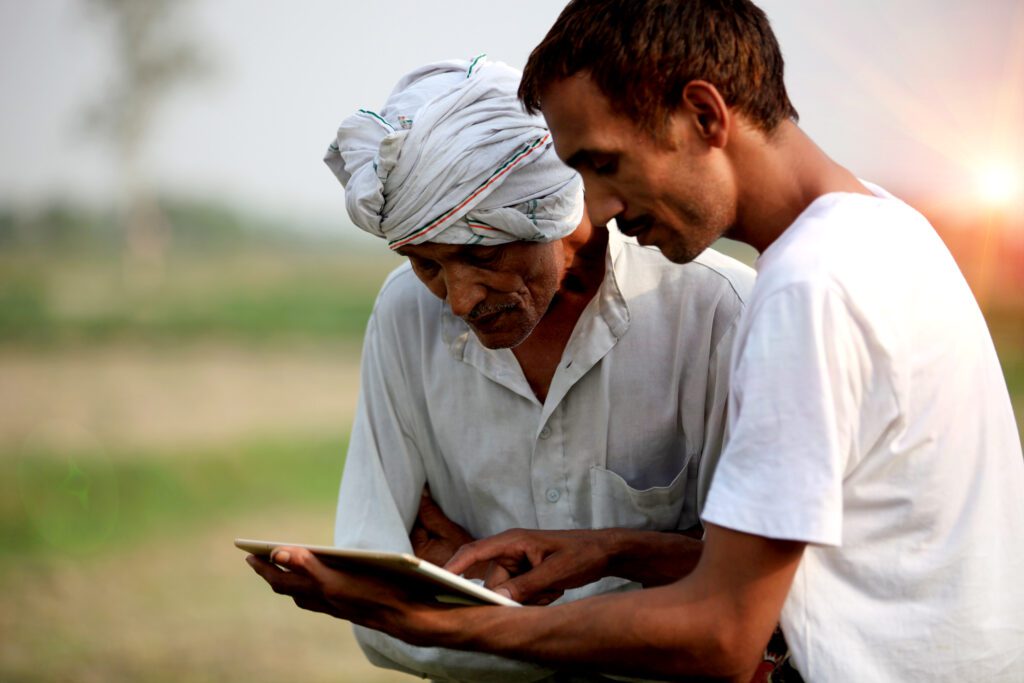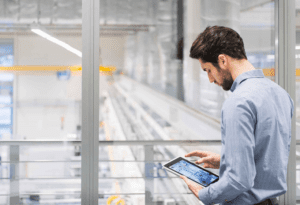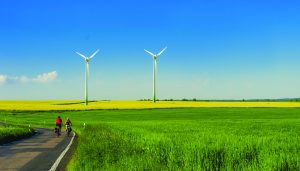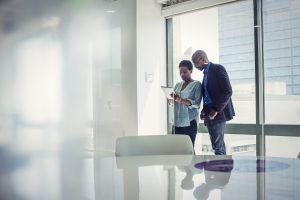For economic development and human well-being, modern energy services are essential. Access to energy is defined by more than just access to services enabled by energy.
Today, more than two billion people, or 25% of the world’s population, have little or no access to energy. Access to energy provides an opportunity to live a better life for many. In many cases, decent livelihood, health, education, security, or even women’s empowerment can be unleashed by a better access to energy. This is why providing underprivileged communities with reliable energy access is important; everyone deserves the basic necessities required to live a better life.

Challenging energy issues across the world
A new report by the International Energy Agency (IEA) in June 2023, the International Renewable Energy Agency (IRENA), the United Nations Statistics Division (UNSD), the World Bank, and the World Health Organization (WHO), have revealed that the world is not on track to achieve the Sustainable Development Goal 7 (SDG 7) for energy by 2030, while SDG 7 is about “access to affordable, reliable, sustainable, and modern energy for all”. The report shows startling figures, such as only 50% of the Sub-Saharan population having access to energy. Around the world, access to energy varies; in 2022, in Latin America and the Caribbean, 17 million people did not have access to electricity. 75 million lacked access to clean fuels and technologies for daily necessities like cooking. These numbers reflect a lack of solid infrastructure regarding the economy, energy resources, and dealing with natural disasters.
India has faced significant challenges in providing electricity access to its population, with approximately 300 million people lacking access to electricity and an additional 100 million have less than 4 hours of electricity per day. Under India’s universal household electrification, the Saubhagya initiative has significantly progressed. However, the quality and reliability of electricity access remain a challenge across the world in other areas, as does the long-term sustainability of the largely grid-based approach. According to the World Bank, in 2020, 84.4% of South Africa had access to electricity. This is higher than its surrounding regions, but it still means thousands of people living without access to energy. More than this, it shows households living without access to clean energy as well.
Strategies for improving energy access
Access to energy is crucial for human, social and economic development, but the lack of access to energy supplies and transformation systems is a major constraint. There are various renewable and non-renewable energy sources available in the environment, including solar, wind, hydropower, geothermal, biofuels, natural gas, and coal, but unfortunately not everyone on our planet has an option when access to energy remains a challenge. The uneven distribution of energy is compounded by many different factors, which include geographies, culture, preferences, knowledge, technologies, and investment, etc. Sustainability is also one of the key factors we cannot ignore when considering how to improve energy access. Fortunately, greener energy solutions are becoming one of the viable options now. The adoption of such solutions will be effective to help combat the climate crisis.
In recent years, we have seen several nations make significant progress in increasing access to clean energy: these countries have some commonalities, such as robust institutions, consistent political support and funding, enabling laws and incentives, and the proper grid and off-grid power ratio. Successful countries have also found ways to balance the necessity to maintain consumer costs reasonable with the goal of ensuring the financial viability of energy suppliers, such as through the planned and targeted use of public support. Depending on the circumstances of a given location, there are various ways to apply these principles.
For instance, Bangladesh increased the number of people with access to energy from 32% to 62% between 2000 and 2014 using privately delivered off-grid solar household systems. They also made government-subsidized additions to the primary grid through its rural cooperative program. Places such as Vietnam and Ghana, among other countries, have focused much more heavily on grid extensions. China and India have also made excellent progress using a mix of technologies and business models, both on and off-grid.
Important steps to empower local communities
Schneider Electric is committed to providing access to clean energy worldwide. We are proud to enable more with our energy solutions because we believe that access to energy is a basic human right. To date, our teams have collectively helped 35 million to get access to energy through microgrid installations and solar power solutions. The help we provide in West Africa has seen a positive effect on the accessibility of energy, thereby significantly enhancing the productivity of local communities. For example, a Basanti community lady leveraged the energy access to start running a cold storage micro business then expanded its support to the neighboring communities and brought economic and social benefits. Another more inspiring impact was that the stable and constant supply of electricity helped the local economy and improved public health with a 60% drop in malaria.
Thankfully, we are not alone in this journey towards “Electricity for Life”.
Through collaboration with local communities, we customize our solutions to enable better access to energy of those in need. In partnership with ADEME, the French Agency for Ecological Transition, we developed Mobiya, a portable, robust and affordable solution for individual lighting and phone charging. By distributing 45,000 Mobiya solar lanterns to underprivileged women and families in 5 African countries, more people within these communities can enjoy lighting at night time for home activities and limit the use of kerosene lamps.
These projects take important steps to empowering more communities to have access to clean energy. Our teams are privileged to know how to customize these technologies to create the right tools and systems for the communities that need it the most.
Better access to energy! Better future!
The current global energy crisis serves as a reminder that our reliance is still on fossil fuels. Meanwhile, the transition towards clean energy sources through electrification presents new opportunities to address the challenge. However, it is important to recognize that access to energy is the most fundamental aspect of energy use. As seen above, there are several solutions we can focus on, to provide better access to clean energy for all to create a more sustainable future for all.
Learn more why access to energy is a global priority for everyone here.
Know more about energy saving tricks here.



